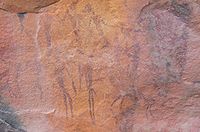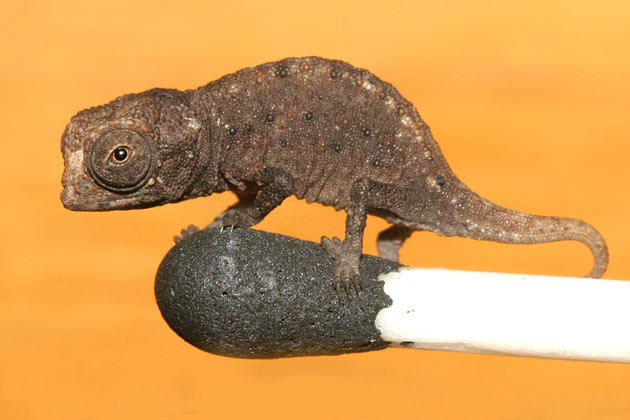The superlatives in Animal Kingdom part 2.

A pygmy shrew...Small enough to sleep in a teaspoon!
e. The pygmy shrew of Northern Europe is rarely 1.5 inches from nose to its tail.
The smallest bird is the bee humming bird of Cuba. It is 2 inches long with a wing span of 1.1 inches.

A spine tailed swift
f. The fastest creature is the spine tailed swift. It can fly at a speed > 200 m.p.h.

A Goliath beetle!
g. In the insect world the Goliath beetle weighs 3.4 oz. It measures 4inches across and 5.8 inches long.

A South American Bird eating Spider.
h. The south American bird eating spider has a leg span of 10 inches and body length of 3.5 inches. It is the largest of all spiders.
All the images Courtesy Google Images.
A pygmy shrew...Small enough to sleep in a teaspoon!
e. The pygmy shrew of Northern Europe is rarely 1.5 inches from nose to its tail.
The smallest bird is the bee humming bird of Cuba. It is 2 inches long with a wing span of 1.1 inches.
A spine tailed swift
f. The fastest creature is the spine tailed swift. It can fly at a speed > 200 m.p.h.
A Goliath beetle!
g. In the insect world the Goliath beetle weighs 3.4 oz. It measures 4inches across and 5.8 inches long.
A South American Bird eating Spider.
h. The south American bird eating spider has a leg span of 10 inches and body length of 3.5 inches. It is the largest of all spiders.
All the images Courtesy Google Images.












